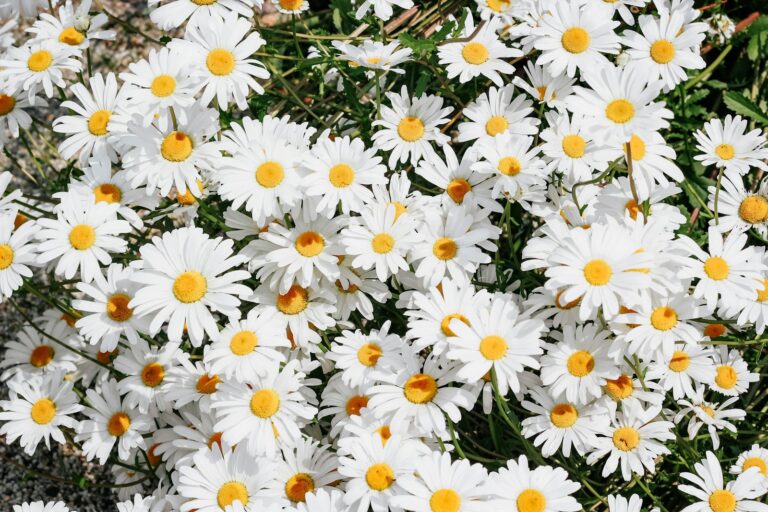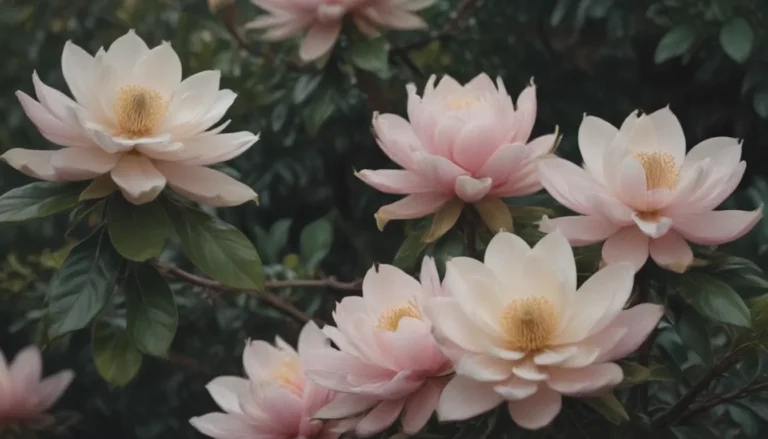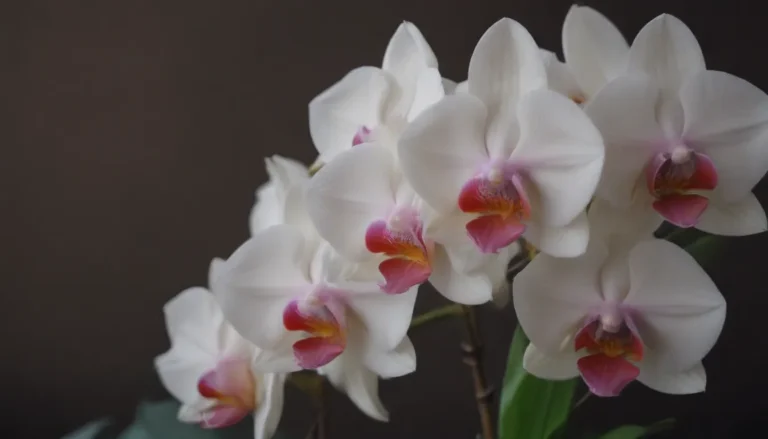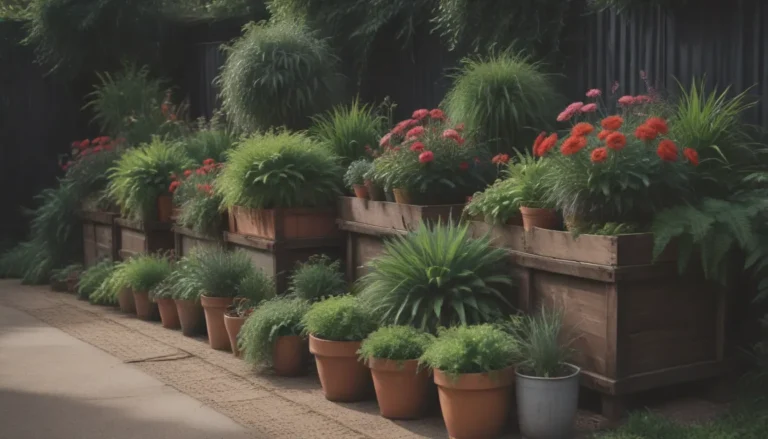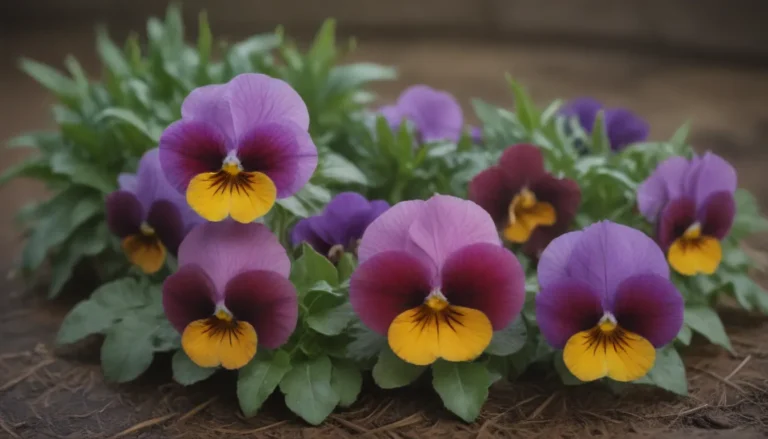A Comprehensive Guide on Growing Pumpkin on a Stick (Ornamental Eggplant)
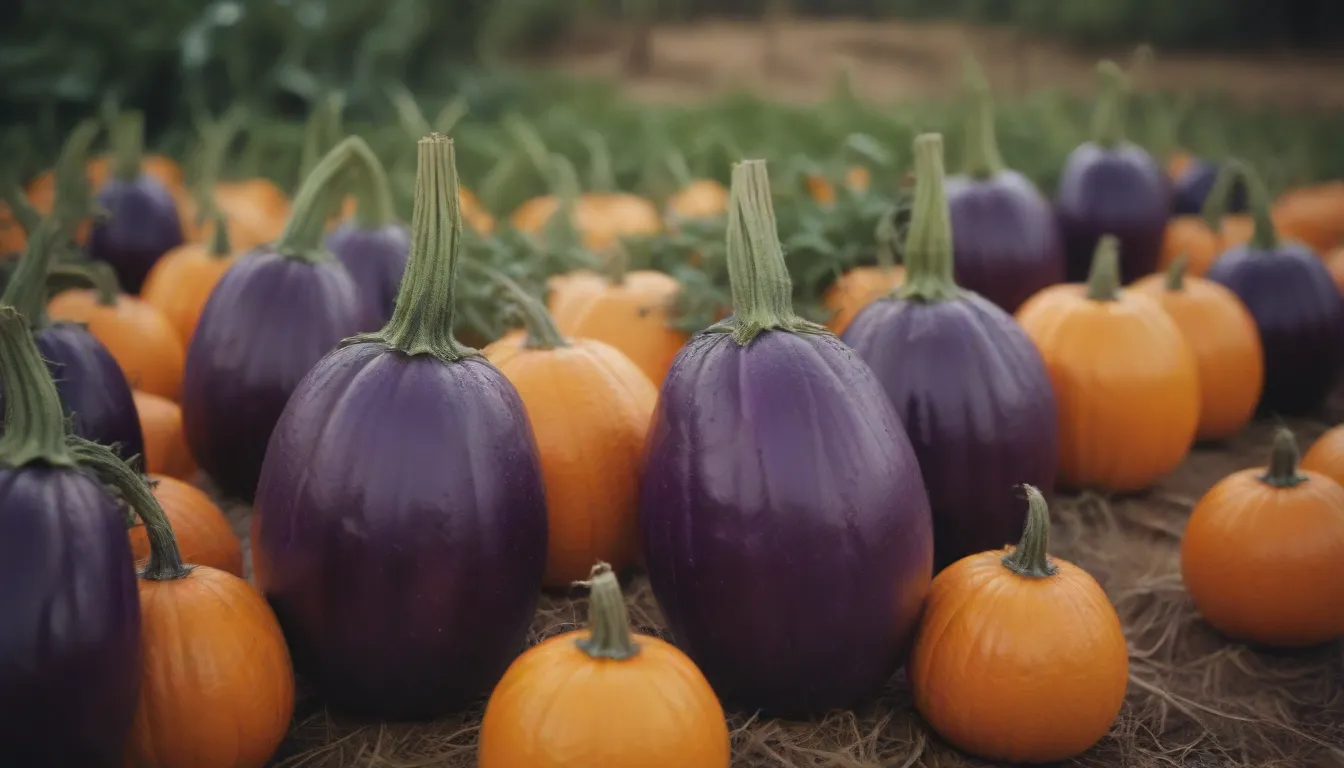
If you’re looking for a unique and eye-catching fall decoration, pumpkin on a stick plants are a fantastic choice. These miniature pumpkin-look-alikes are actually ornamental eggplants that can be easily grown from seed in your garden or a container. In this detailed guide, we will provide you with all the essential information you need to successfully grow and care for pumpkin on a stick plants.
What are Pumpkin on a Stick Plants?
Pumpkin on a stick plants, also known as ornamental eggplants, belong to the Solanum species, which includes other eggplants, peppers, and tomatoes. These plants are toxic to dogs, cats, and horses, so it’s important to be mindful of this if you have pets. Pumpkin on a stick plants are typically planted in the spring, grown over the summer like other eggplants, and are ready to harvest in the fall. They have a moderately fast growth rate and are usually ready for harvesting about 75 days after sowing from seeds.
Pumpkin on a Stick Care Guide
When it comes to caring for your pumpkin on a stick plants, there are several key factors to consider to ensure their health and productivity. Here are some essential care tips:
Light
Like other eggplants, pumpkin on a stick plants require full sun to produce flowers and fruit. Make sure to plant them in a location where they will receive at least 6-8 hours of direct sunlight per day.
Soil
These plants thrive in rich, well-draining soil. Before planting, make sure to mix compost into the soil to provide essential nutrients. Pumpkin on a stick plants prefer soil that is rich in phosphorous and calcium, so consider amending the soil with lime and compost if necessary.
Water
Maintain consistent soil moisture for your pumpkin on a stick plants, but be careful not to overwater them. Aim to provide about 1-2 inches of water per week, adjusting as needed based on the weather conditions.
Temperature and Humidity
Pumpkin on a stick plants prefer warm summer weather with temperatures of 75 F and above. While they do not require humidity for growth, excessive humidity (60% or more) can lead to fungal issues.
Fertilizer
Use a balanced NPK fertilizer (such as 5-10-10) when planting in the spring, and continue to fertilize throughout the growing season to support healthy growth and fruit production. Consider using organic matter to enrich the soil and promote overall plant health.
How to Propagate Pumpkin on a Stick Plants
The best way to propagate pumpkin on a stick plants is by starting them from seeds. While you can propagate them from cuttings, it may not be as successful due to their cold-sensitive nature. If you choose to propagate from cuttings, make sure to do so with care to ensure the best chances of success.
How to Grow Pumpkin on a Stick from Seed
To grow pumpkin on a stick from seed, follow these steps:
- Start the seeds indoors about four to six weeks before the last scheduled frost in your area.
- Plant the seeds one-quarter to one-half inch deep in biodegradable pots to avoid disturbing the roots when transplanting.
- Keep the soil moist at a germination temperature of 75 to 90 F.
- Once the seedlings have developed at least two sets of true leaves, they are ready to be hardened off and transplanted outside.
Tips for Potting and Repotting Pumpkin on a Stick Plants
- Use large pots that are about 24 to 36 inches deep and wide to accommodate the plant’s size.
- Plant only one plant per pot to prevent overcrowding and ensure optimal growth.
- Make sure the pots have ample drainage holes to prevent waterlogged soil.
Overwintering Pumpkin on a Stick Plants
Pumpkin on a stick plants are susceptible to cold weather, so it’s important to protect them from frost if temperatures drop below 55 F. Consider bringing them indoors if necessary to provide a warm and suitable environment for continued growth.
Common Pests and Plant Diseases
As with any plant, pumpkin on a stick plants may face pest and disease issues. Here are some common problems and how to address them:
- Flea beetles, wireworms, white grubs, cutworms, thrips, aphids, whiteflies, spider mites, hornworms, and stinkbugs are potential pests that may affect your plants.
- Use organic measures like insecticidal soaps and horticultural oils to control insect infestations.
- In humid conditions, watch out for fungal issues and treat them with a general fungicide if needed.
Harvesting and Using Pumpkin on a Stick Plants
Pumpkins on a stick are usually ready for harvest when the skin is shiny and vibrant in color. They can be used in stir-fry dishes and have a mild taste when green, but develop a bitter, peppery flavor as they ripen. Consider using the branches for dried flower arrangements by cutting them at the base and allowing them to dry in a well-ventilated area.
In conclusion, growing pumpkin on a stick plants can be a rewarding experience, offering unique and decorative additions to your garden or indoor space. By following the care tips and guidance provided in this article, you can successfully cultivate healthy and vibrant pumpkin on a stick plants that will delight you throughout the season. Remember to stay attentive to their needs, address any issues promptly, and enjoy the beauty and charm that these ornamental eggplants bring to your surroundings. Happy gardening!
